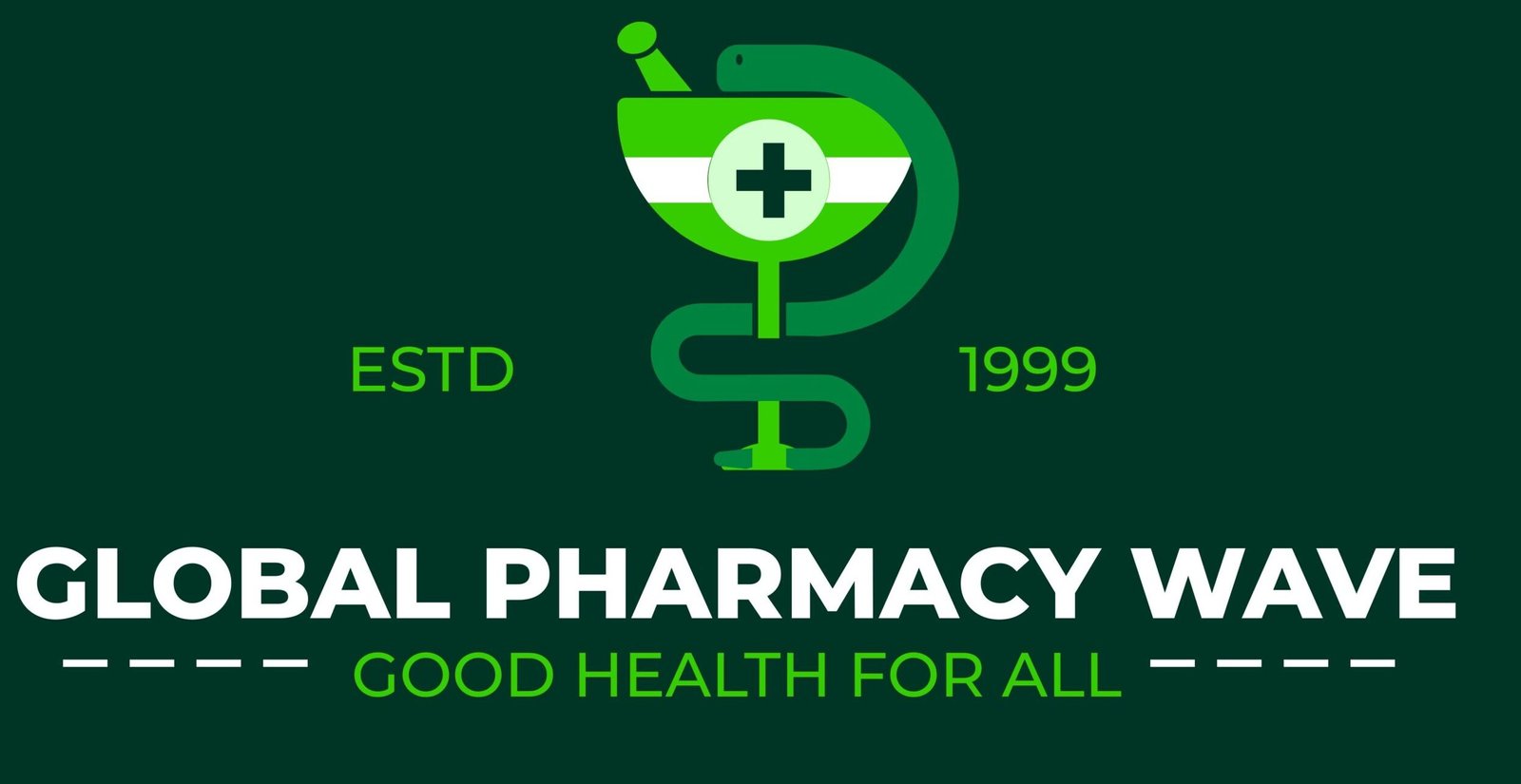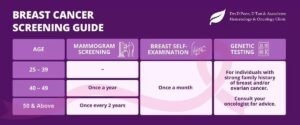Future Trends and Challenges for Leading Pharmaceutical Companies: Our Commitment to Bringing Life-Improving Medicines to Patients Worldwide
Introduction: The Mission of Leading Pharmaceutical Companies
Leading pharmaceutical companies are at the forefront of an ever-evolving healthcare landscape. Their primary mission is to develop and deliver life-improving medicines that meet the needs of patients worldwide. This mission is rooted in a commitment to innovation, patient care, and the ability to adapt to the dynamic nature of global healthcare challenges.
Innovation stands as a cornerstone of the pharmaceutical industry. Companies are continuously investing in research and development to discover new therapeutic solutions and enhance existing treatments. This relentless pursuit of scientific advancement not only addresses current health issues but also anticipates future medical needs, ensuring that patients receive the most effective and cutting-edge care possible.
Patient care remains at the heart of pharmaceutical endeavors. Leading companies prioritize the well-being of individuals by ensuring that their medicinal products are safe, effective, and accessible. This involves rigorous clinical trials, stringent regulatory compliance, and a commitment to ethical practices. By placing patients first, these companies help to improve quality of life and extend healthy years for millions around the globe.
Adapting to changing healthcare needs is another critical aspect of the mission. The global health landscape is continuously shifting, with emerging diseases, aging populations, and varying healthcare policies. Leading pharmaceutical companies must remain agile, embracing new technologies, and innovative business models to address these challenges. Their ability to pivot and respond to new health threats is essential in maintaining their role as pioneers in the industry.
In conclusion, the mission of leading pharmaceutical companies is multi-faceted, encompassing innovation, patient care, and adaptability. Their unwavering dedication to these principles ensures that they continue to deliver life-improving medicines to patients around the world, ultimately contributing to a healthier, more resilient global community.
Emerging Trends in Pharmaceutical Research and Development
The landscape of pharmaceutical research and development (R&D) is undergoing significant transformation, driven by a combination of technological advancements, a deeper understanding of human biology, and evolving societal expectations. One of the most notable trends is the rise of personalized medicine. This approach tailors medical treatment to the individual characteristics of each patient, leveraging genetic information to predict how they will respond to specific therapies. Personalized medicine not only aims to enhance the efficacy of treatments but also to minimize adverse effects, thereby improving overall patient outcomes.
Advancements in biotechnology have also been pivotal in shaping the future of pharmaceutical R&D. Biotechnological innovations, such as CRISPR-Cas9 gene editing and stem cell therapy, are opening new avenues for treating previously intractable diseases. These technologies enable precise modifications at the genetic level, offering the potential to correct genetic disorders and develop novel therapies for conditions that currently lack effective treatments.
The integration of artificial intelligence (AI) and machine learning (ML) into drug discovery processes is another emerging trend that holds great promise. AI and ML algorithms can analyze vast datasets to identify potential drug candidates, predict their efficacy, and optimize clinical trial designs. This not only accelerates the drug development timeline but also reduces costs, making it more feasible to bring new, life-improving medicines to market.
Furthermore, there is a growing shift towards more sustainable and ethical research practices within the pharmaceutical industry. Companies are increasingly adopting green chemistry principles to minimize environmental impact and are emphasizing transparency in clinical trials to build public trust. Ethical considerations, including patient consent and data privacy, are becoming central to R&D efforts, ensuring that research practices align with societal values.
These emerging trends in pharmaceutical R&D reflect a commitment to innovation and patient-centricity, underscoring the industry’s dedication to advancing healthcare and improving lives worldwide. By embracing these trends, pharmaceutical companies are poised to navigate future challenges and continue delivering groundbreaking therapies to patients.
Regulatory Challenges and Opportunities
The regulatory landscape for pharmaceutical companies is continuously evolving, presenting both challenges and opportunities. Navigating the intricate web of regulatory requirements is essential for ensuring that new medicines reach patients safely and effectively. One of the primary challenges faced by pharmaceutical companies is the stringent nature of these requirements, which are designed to protect patient safety and ensure the efficacy of new drugs.
Compliance with regulatory requirements is not only a legal obligation but also a critical component of maintaining public trust. Pharmaceutical companies must invest substantial resources in ensuring that their operations, clinical trials, and product manufacturing processes meet the rigorous standards set by regulatory bodies such as the FDA, EMA, and other national health authorities. Failure to comply can result in significant delays, financial penalties, and reputational damage.
Despite these challenges, there are significant opportunities arising from regulatory harmonization across different regions. Harmonization efforts, such as the International Council for Harmonisation of Technical Requirements for Pharmaceuticals for Human Use (ICH), aim to standardize regulatory guidelines and facilitate the global development and distribution of new medicines. This can streamline the approval process, reduce redundancies, and lower costs for pharmaceutical companies, ultimately accelerating the availability of life-improving medicines to patients worldwide.
Moreover, advancements in regulatory science and technology are opening new avenues for innovation in drug development. Regulatory agencies are increasingly adopting data-driven approaches and real-world evidence to inform their decision-making processes. This shift towards more flexible and adaptive regulatory frameworks can enhance the efficiency of drug approvals and encourage the development of novel therapies for unmet medical needs.
In conclusion, while the regulatory landscape presents significant challenges, it also offers opportunities for pharmaceutical companies to innovate and improve patient outcomes. By navigating these complexities and embracing harmonization efforts, the industry can continue to advance its mission of bringing life-improving medicines to patients around the globe.
The Impact of Global Health Crises on the Pharmaceutical Industry
Global health crises, such as the COVID-19 pandemic, have profoundly impacted the pharmaceutical industry, reshaping its operational and strategic paradigms. The unprecedented urgency to address the pandemic led to a remarkable acceleration in the development and approval processes for vaccines and treatments. This swift response was facilitated by collaborative efforts among pharmaceutical companies, regulatory bodies, and governments worldwide, highlighting the industry’s capacity for rapid innovation in times of dire need.
The development of COVID-19 vaccines exemplifies this accelerated process. Traditional vaccine development, often spanning several years, was condensed into a matter of months without compromising safety and efficacy. Regulatory agencies, such as the FDA and EMA, implemented emergency use authorizations and rolling reviews to expedite the approval timeline. This approach not only underscored the importance of regulatory flexibility during crises but also set a precedent for future expedited processes.
Moreover, the pandemic underscored the critical importance of global supply chain resilience. Pharmaceutical companies had to navigate unprecedented disruptions, from raw material shortages to distribution challenges. As a result, there is now a heightened focus on diversifying supply chains and enhancing local manufacturing capabilities to mitigate future risks.
Another significant lesson from the pandemic is the value of public-private partnerships. The collaboration between government entities and the pharmaceutical industry proved instrumental in mobilizing resources, sharing data, and streamlining research efforts. These partnerships have demonstrated that coordinated efforts can lead to more efficient and effective responses to health crises.
In conclusion, the COVID-19 pandemic has been a catalyst for transformative changes within the pharmaceutical industry. The accelerated development and approval processes for vaccines and treatments, the emphasis on supply chain resilience, and the strengthened public-private partnerships are lessons that will shape the industry’s approach to future global health crises. As pharmaceutical companies continue to innovate and adapt, their commitment to bringing life-improving medicines to patients worldwide remains unwavering.
The Role of Collaboration and Partnerships
In the rapidly evolving pharmaceutical landscape, collaboration and partnerships have emerged as critical drivers of innovation and progress. The intricate nature of developing life-improving medicines necessitates a multifaceted approach, drawing on the strengths and expertise of various stakeholders. By fostering strategic alliances with academic institutions, governments, and other industry players, pharmaceutical companies can enhance their research capabilities, streamline development processes, and ultimately bring more effective treatments to patients worldwide.
One of the primary benefits of such collaborations is the pooling of resources and knowledge. Academic institutions often possess cutting-edge research capabilities and a deep understanding of disease mechanisms, which can significantly complement the practical experience and resources available within pharmaceutical companies. Through joint research initiatives and shared data, these partnerships can accelerate the discovery of new therapeutic targets and the development of innovative treatment modalities.
Furthermore, collaboration with governmental bodies and regulatory agencies is essential to navigate the complex regulatory environment and ensure the timely approval of new drugs. Governments play a pivotal role in shaping healthcare policies, funding research initiatives, and facilitating public-private partnerships. By working closely with these entities, pharmaceutical companies can align their efforts with national health priorities, enhance patient access to medicines, and contribute to the overall improvement of public health outcomes.
In addition to academic and governmental partnerships, alliances with other pharmaceutical and biotech companies can also be highly beneficial. These collaborations can take various forms, such as co-development agreements, licensing deals, and joint ventures. By leveraging each other’s strengths, companies can share risks, reduce costs, and bring new treatments to market more efficiently. Such synergistic relationships are particularly valuable in addressing complex health challenges, such as rare diseases and emerging infectious threats, where the combined expertise and resources can lead to breakthroughs that would be difficult to achieve independently.
Overall, collaboration and partnerships stand as pillars of the pharmaceutical industry’s strategy to drive innovation, improve access to life-saving medicines, and tackle the most pressing health challenges of our time. Through these concerted efforts, the industry can continue to make significant strides in enhancing global health and delivering on its commitment to patients worldwide.
Challenges in Drug Pricing and Accessibility
The pharmaceutical industry faces significant challenges in balancing drug pricing and accessibility. As companies strive to innovate and develop life-improving medicines, the cost of research, development, and bringing these drugs to market can be substantial. This often results in high drug prices, which can limit accessibility for many patients.
One major issue is the tension between innovation and affordability. Pharmaceutical companies invest heavily in the development of new treatments, which involves years of research and significant financial risk. These costs are often reflected in the prices of new drugs, making them expensive for the healthcare system and patients. However, pricing strategies must also consider the financial burden on patients and healthcare providers, who may struggle to afford these treatments.
Pricing policies also play a crucial role in patient access. In some regions, stringent pricing regulations and reimbursement policies can restrict the availability of new medications. Conversely, in markets with less regulation, prices may be prohibitively high, leading to inequities in access to essential medicines. Finding a balance that ensures fair pricing while enabling companies to recoup their investments is a complex but necessary task.
Potential solutions to improve drug accessibility while maintaining innovation include implementing value-based pricing models, enhancing generic drug competition, and increasing transparency in drug pricing. Value-based pricing ties the cost of a drug to its effectiveness and the value it provides to patients, promoting fairer prices. Encouraging the development and use of generic drugs can also lower costs and improve accessibility. Furthermore, greater transparency in how drug prices are determined can help stakeholders better understand and address the factors driving high costs.
Addressing the challenges of drug pricing and accessibility is essential for ensuring that life-improving medicines reach those who need them most. By working towards more equitable pricing strategies and policies, the pharmaceutical industry can continue to innovate while making critical treatments more accessible to patients worldwide.
“`html
The Future of Pharmaceutical Manufacturing
The landscape of pharmaceutical manufacturing is undergoing a significant transformation, driven by the adoption of advanced manufacturing technologies. Innovations such as continuous manufacturing, artificial intelligence (AI), and automation are paving the way for more efficient and precise production processes. Continuous manufacturing, for instance, enables the production of pharmaceuticals in a non-stop, streamlined manner, which can significantly reduce production times and costs while enhancing product quality. AI and machine learning algorithms are being integrated to optimize various stages of the manufacturing process, from predicting equipment maintenance needs to ensuring consistent product quality.
Another emerging trend is the shift towards localized and flexible manufacturing. This approach offers several advantages, including reducing dependency on a single production site, which can be vulnerable to disruptions. By establishing smaller, decentralized manufacturing units closer to key markets, pharmaceutical companies can respond more swiftly to local demand fluctuations and regulatory requirements. Flexible manufacturing systems, capable of quickly adapting to different production needs, further enhance the ability to produce a diverse range of products efficiently.
Ensuring a resilient and secure supply chain is paramount in the future of pharmaceutical manufacturing. The COVID-19 pandemic has underscored the critical need for supply chain robustness. Companies are increasingly focusing on building resilience through diversified sourcing strategies, enhanced supplier relationships, and advanced analytics to predict and mitigate potential disruptions. Blockchain technology is also being explored to provide greater transparency and traceability across the supply chain, ensuring that every step, from raw material procurement to final product distribution, is secure and verifiable.
As the pharmaceutical industry continues to evolve, the integration of advanced technologies, the adoption of flexible and localized manufacturing models, and the emphasis on a resilient supply chain will be crucial. These advancements not only promise to improve efficiency and product quality but also ensure that life-improving medicines reach patients worldwide without delay.
Conclusion: The Path Forward for Pharmaceutical Companies
In summary, the pharmaceutical industry stands at a pivotal juncture, marked by both promising opportunities and formidable challenges. Throughout this blog post, we have explored the critical trends shaping the future of the sector, including advancements in biotechnology, the rise of personalized medicine, and the increasingly pivotal role of digital health technologies. These innovations hold tremendous potential to transform patient care and deliver life-improving medicines to those in need worldwide.
However, alongside these advancements come significant challenges that pharmaceutical companies must navigate. Regulatory complexities, the growing pressure for cost-effective treatments, and the necessity to address global health disparities are just a few of the obstacles that require strategic and collaborative efforts. Leading pharmaceutical companies must harness their expertise, resources, and partnerships to overcome these hurdles while maintaining the highest standards of safety and efficacy.
Looking ahead, the industry’s commitment to bringing life-improving medicines to patients worldwide will necessitate a relentless focus on innovation. This involves not only developing groundbreaking therapies but also refining existing treatments to enhance their effectiveness and accessibility. Collaboration will be key, as partnerships between industry leaders, academic institutions, and healthcare providers can accelerate research and development, streamline regulatory pathways, and optimize patient outcomes.
Adaptability will also be crucial in this dynamic landscape. Pharmaceutical companies must remain agile in responding to emerging health threats, evolving market demands, and technological advancements. By embracing a forward-thinking mindset and investing in cutting-edge research, the industry can continue to pioneer new frontiers in medicine.
Ultimately, the path forward for pharmaceutical companies is one of continuous evolution and steadfast dedication to improving global health. With an unwavering commitment to innovation, collaboration, and adaptability, the industry is well-positioned to meet the challenges ahead and deliver on its promise of bringing life-improving medicines to patients around the world.




